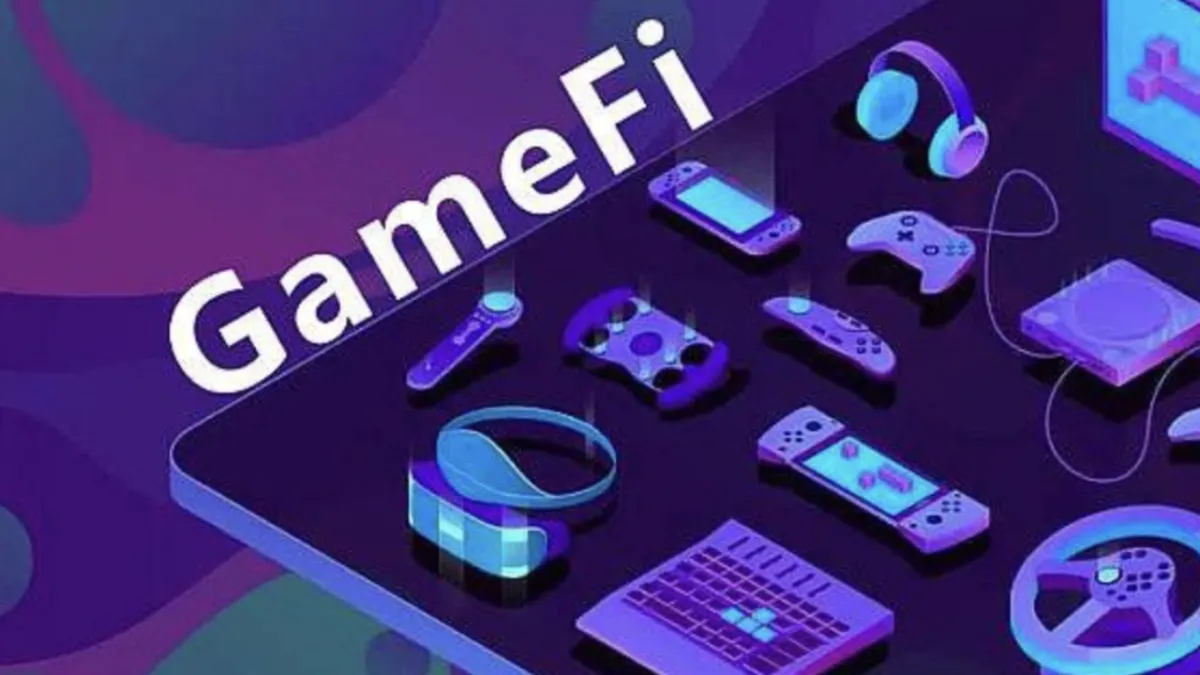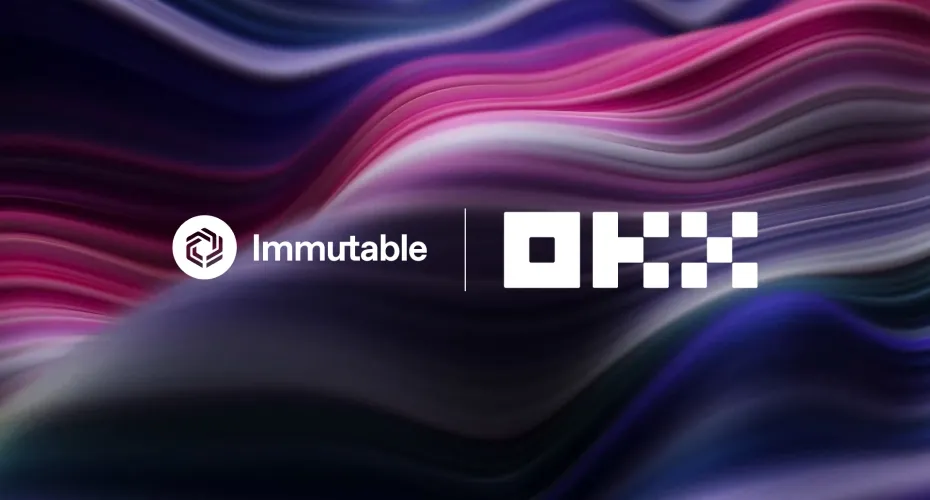GameFi is entering a new era, marked by significant developments that reflect its growing appeal and influence. Daily active users in the web3 gaming space have reached record highs, and in April 2024 alone, blockchain gaming projects secured $988 million in funding. Several key factors are contributing to this rapid growth, as highlighted in a recent exclusive interview with Yaniv Baruch, COO of Playnance.

Bridge to Web3 Gaming
About Yaniv Baruch
Yaniv is an experienced fintech professional who started his career as a Stock Trader at RBC in 2004. Since then, he has held key roles in reputable fintech companies like Anyoption, where he served as the Head of Trading for seven years, and Daweda Exchange, which he founded and led as CEO.
Yaniv also worked at Oobit, where he focused on driving growth and shaping the future of crypto payments. Yaniv has acquired valuable expertise in the web3 space and a comprehensive skill set in financial markets, fintech, play-to-earn (P2E) gaming, leadership, and blockchain technology. Yaniv has been the Chief Operating Officer (COO) for Playnance since January 2021.
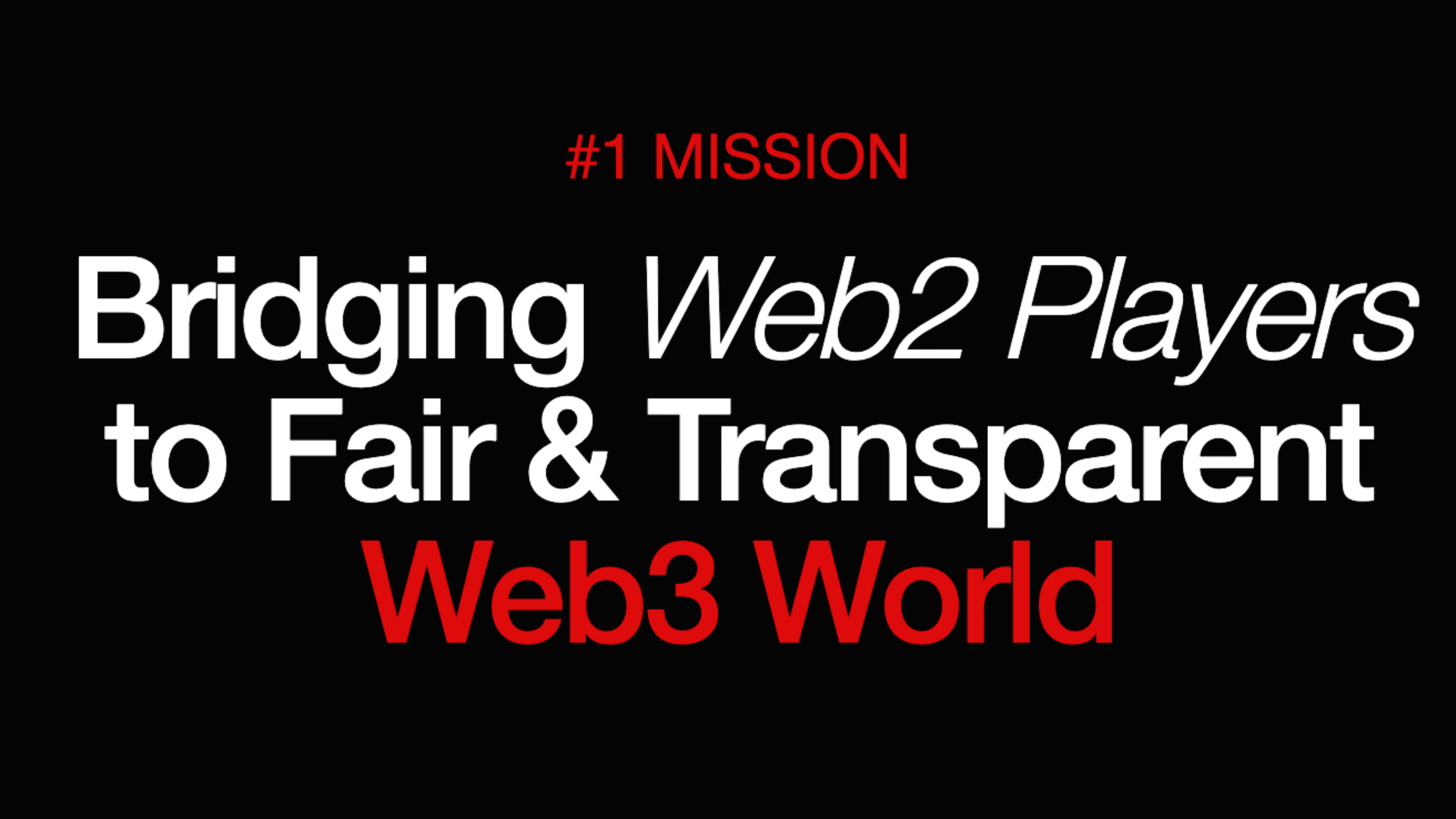
Bridging Web2 Players to Fair and Transparent Web3 World
Maturation of Game Development
The growth of GameFi is largely attributed to the maturation of blockchain game developers. In previous years, onboarding complexities were a barrier to the widespread adoption of web3 games. Developers have recognized that streamlining the user experience is crucial for reaching a mainstream audience.
New technologies are being adopted to address these challenges. One notable development is the use of Arbitrum Stylus, a solution on the Arbitrum network that enhances the flexibility and performance of blockchain applications. This tool enables developers to write smart contracts in multiple programming languages, beyond Ethereum’s Solidity, allowing for the creation of more sophisticated and computationally demanding games.
Layer-2 and Layer-3 solutions like these are paving the way for improved game mechanics without compromising performance or speed. Yaniv Baruch, COO of Playnance, commented: "Developers can now build games that require heavy computation with sophisticated in-game mechanics, without sacrificing speed or performance."

Plug-and-Play Web3 Trading Business
The Rise of Zero-Gas Solutions
Another important development in the GameFi landscape is the implementation of zero-gas solutions, which are critical for encouraging mass adoption. High and unpredictable gas fees have historically been a barrier to entry for many players. Playnance, through its PlayBlock network, has introduced Rollup-as-a-Service (RaaS) technology, enabling gasless gameplay. This technology removes transaction fees from blockchain gaming, making it more accessible to a wider audience.
By eliminating gas fees, PlayBlock and similar networks help pave the way for smoother user experiences, which is vital for drawing in mainstream gamers who are not accustomed to the technicalities of blockchain transactions. As these solutions continue to evolve, web3 gaming will likely become more attractive to a broader range of players. Yaniv commented: "This is critical for mass adoption as it eliminates one of the most significant hurdles to blockchain gaming – high and fluctuating gas fees."

Playnance: Blockchain Gaming
Focus on Gaming Experiences
One of the major shifts in web3 game development is the increased focus on gameplay and user experience, rather than just tokenization and rewards. During the earlier stages of web3 gaming, the industry saw an NFT boom, where developers prioritized the financial aspects of gaming, such as in-game rewards and tokenomics. However, Baruch emphasized that this approach did not promote long-term retention.
Now, developers are working to bridge the gap between traditional and web3 gaming by enhancing the gaming experience itself. A notable example is the introduction of web3 gaming devices like the SuiPlay0X1, a handheld gaming device that integrates with the Sui blockchain. This device supports both traditional PC games and blockchain-based games, allowing players to engage with both gaming formats seamlessly.
It also features zkLogin, enabling users to log in and make payments using cryptocurrency, much like standard web2 games. Such advancements are blurring the line between traditional and web3 gaming, further increasing GameFi’s appeal to mainstream audiences. Yaniv commented: "So, as this line blurs, GameFi will continue to gain more popularity among general mainstream gamers."
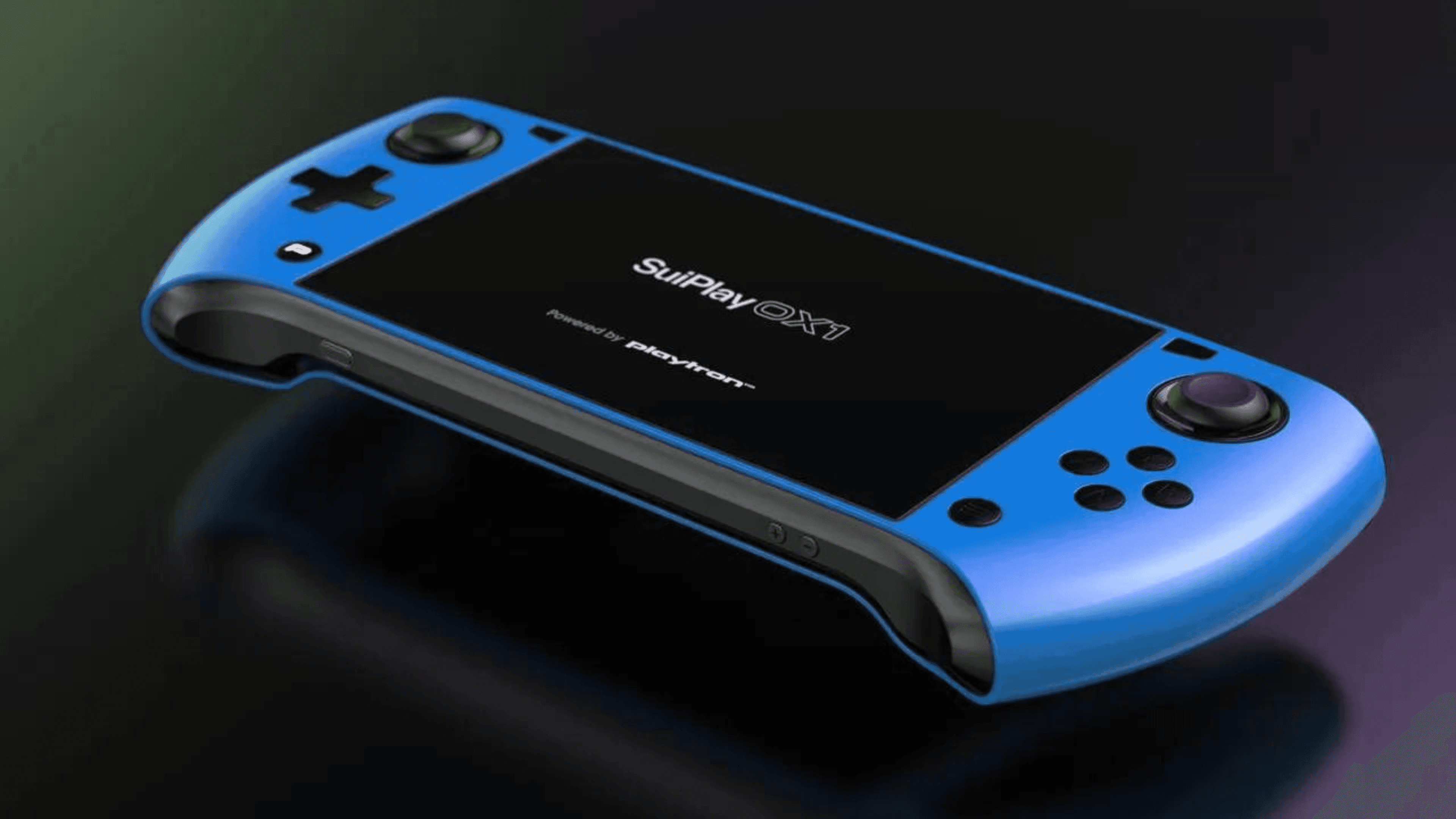
SuiPlay0X1 Gaming Handheld
The Popularity of Tap-to-Earn Games
Baruch also discussed the rise of Telegram-based tap-to-earn games, which have become a popular trend in web3 gaming. Projects like Caitzen and Hamster Kombat boast millions of active users, drawn in by their simplicity and accessibility. While the long-term sustainability of these games remains uncertain, they have successfully attracted non-crypto native users to the web3 gaming space.
The accessibility of these games, hosted on platforms like TON and Telegram, demonstrates how simple game designs can reach millions of users who may not have otherwise interacted with blockchain technologies. As these games evolve and expand their ecosystems, Baruch believes they will drive even more users into the GameFi space, potentially introducing them to more complex blockchain-based games.
Yaniv commented: "As these games mature and focus on utility and ecosystem, we'll definitely see a whole new dimension of Web3 gaming on TON and Telegram, and ultimately the influx of new users to GameFi projects on other blockchains."
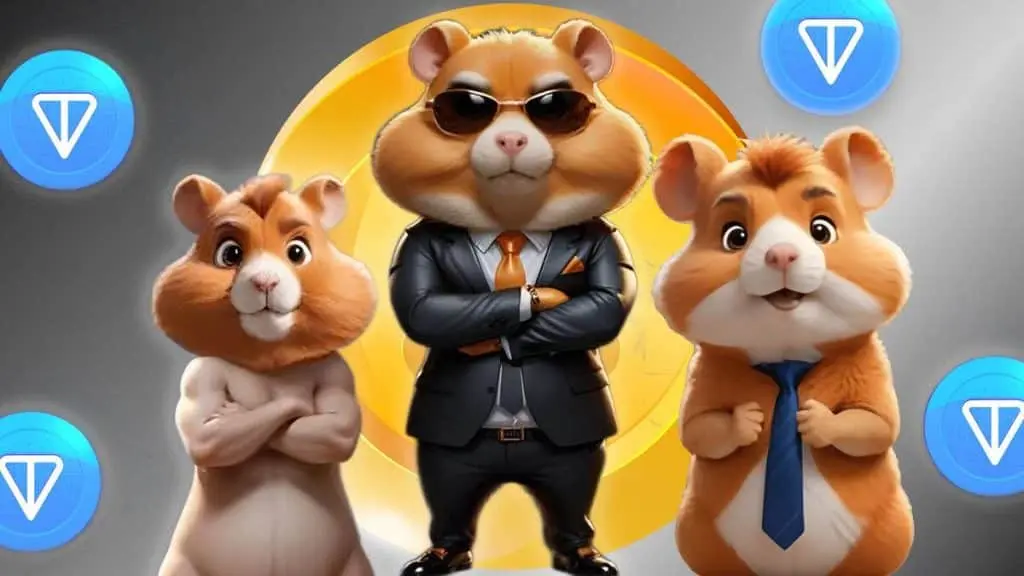
Hamster Komat and Telegram Logos
Final Thoughts
In 2024, the GameFi industry is experiencing unprecedented growth, driven by technological advancements and a renewed focus on user experience. With innovations like Arbitrum Stylus, zero-gas solutions, and web3 gaming devices, the line between traditional and web3 gaming is becoming less defined.
As tap-to-earn games introduce millions of new users to blockchain gaming, GameFi is poised to continue its upward trajectory, attracting both crypto-native and mainstream players alike. The combination of mature blockchain developers and evolving user experiences ensures that GameFi will play a central role in the future of gaming.

